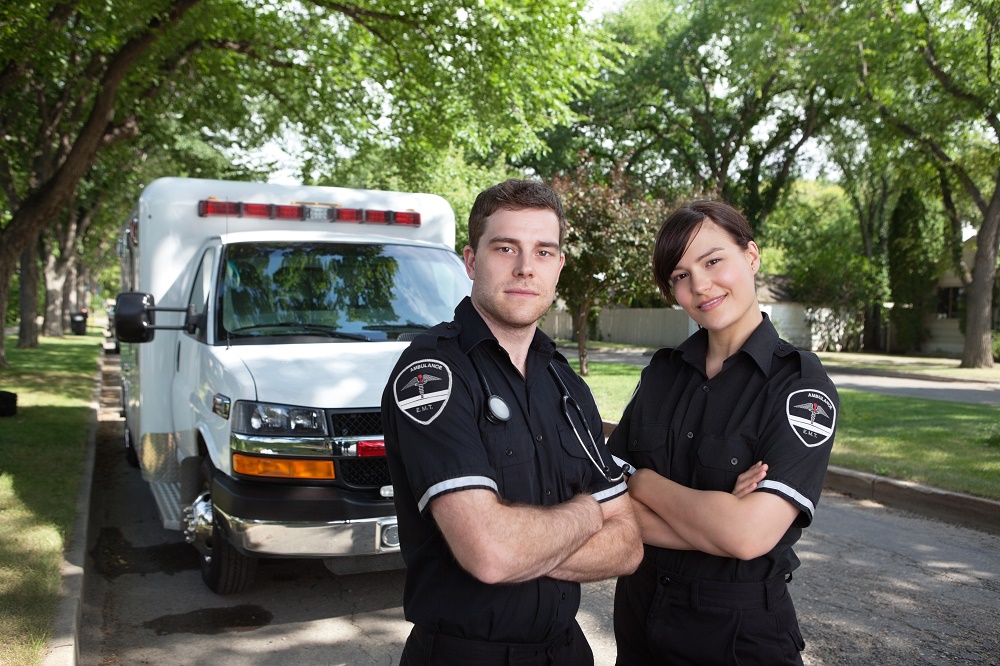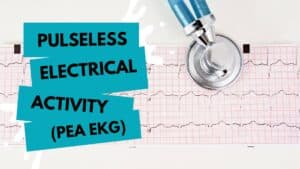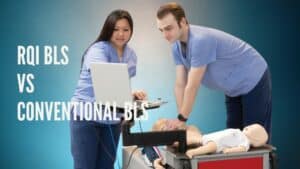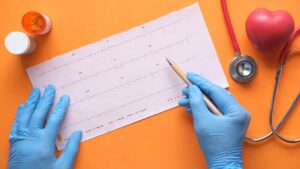With heart disease the leading cause of death worldwide, medical interventions for people suffering from cardiac ailments are among the most important ways of preserving life. And although treatments are wide-ranging – hopefully enacted long before and long after a cardiac event – the period immediately following a crisis is the most critical to achieving positive outcomes. Adequate on-the-scene care, especially the more sophisticated kind that can only be provided by medical professionals, can make all the difference.
Fortunately, there is a standard, proven method that can be employed to save lives. Advanced cardiac life support (ACLS) is a vitally important, life-saving protocol for the immediate treatment of cardiac events. Unlike basic life support (BLS), ACLS and its attendant certification can only be administered by medical professionals. These include physicians, registered nurses, dentists, pharmacists, paramedics, and other advanced care providers who are qualified to perform the range of techniques the protocol requires. The responder must be well-versed in emergency pharmacology and be able to manage the patient’s airway, connect an IV, and interpret an electrocardiogram – all criteria outside the province of laypeople.
It’s critical for health care providers who may be called upon as first responders in a cardiac event to acquire their ACLS certification and renew it regularly. The protocol, which employs a set of algorithms that must be carefully memorized, should be fresh in the mind if it’s to be applied correctly. These algorithms have been proven to be remarkably efficient and are designed to be easily digested, utilizing a simple series of ‘yes or no’ propositions to drill down to the appropriate diagnosis and treatment. ACLS in its current form is the most powerful tool we have to save lives that would otherwise be lost in sudden cardiac episodes, and medical professionals, whatever their training, should take certification seriously.
Guidelines change, sometimes dramatically, as new research hones the method to achieve even better results. They’ve been updated in 2005 and 2010, and are likely to be updated again in the near future, so responders would do well to stay abreast of changes and recertify as often as possible. If certification is non-existent or out-of-date, patients could be left in the lurch – and responders may be held liable for inadequate care. Health care professionals have an obligation to provide the most advanced techniques in critical intervention, and they should have the confidence of the medical community behind them. With ACLS among the single most urgent and effective tools available for saving lives, acquiring current certification is a vital step that every medical professional should take.











